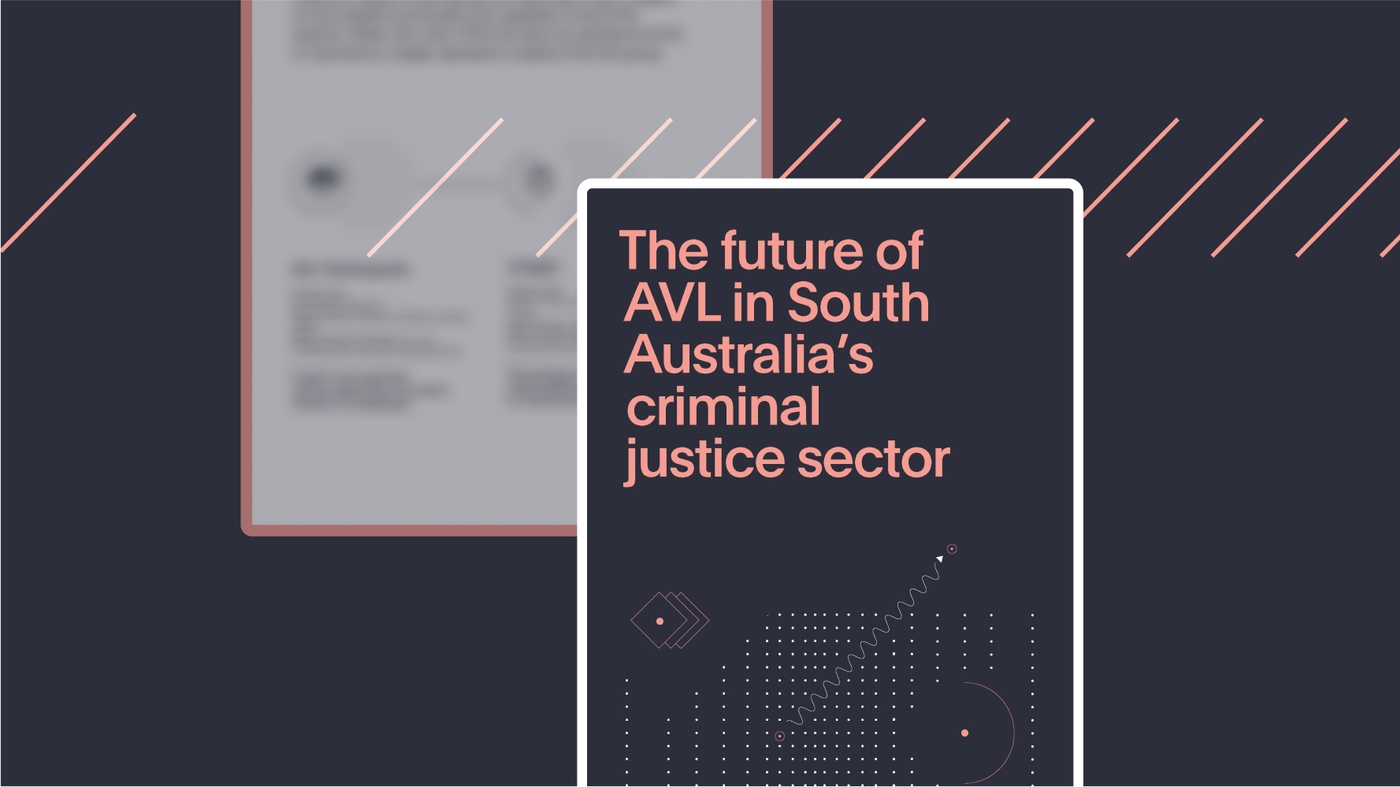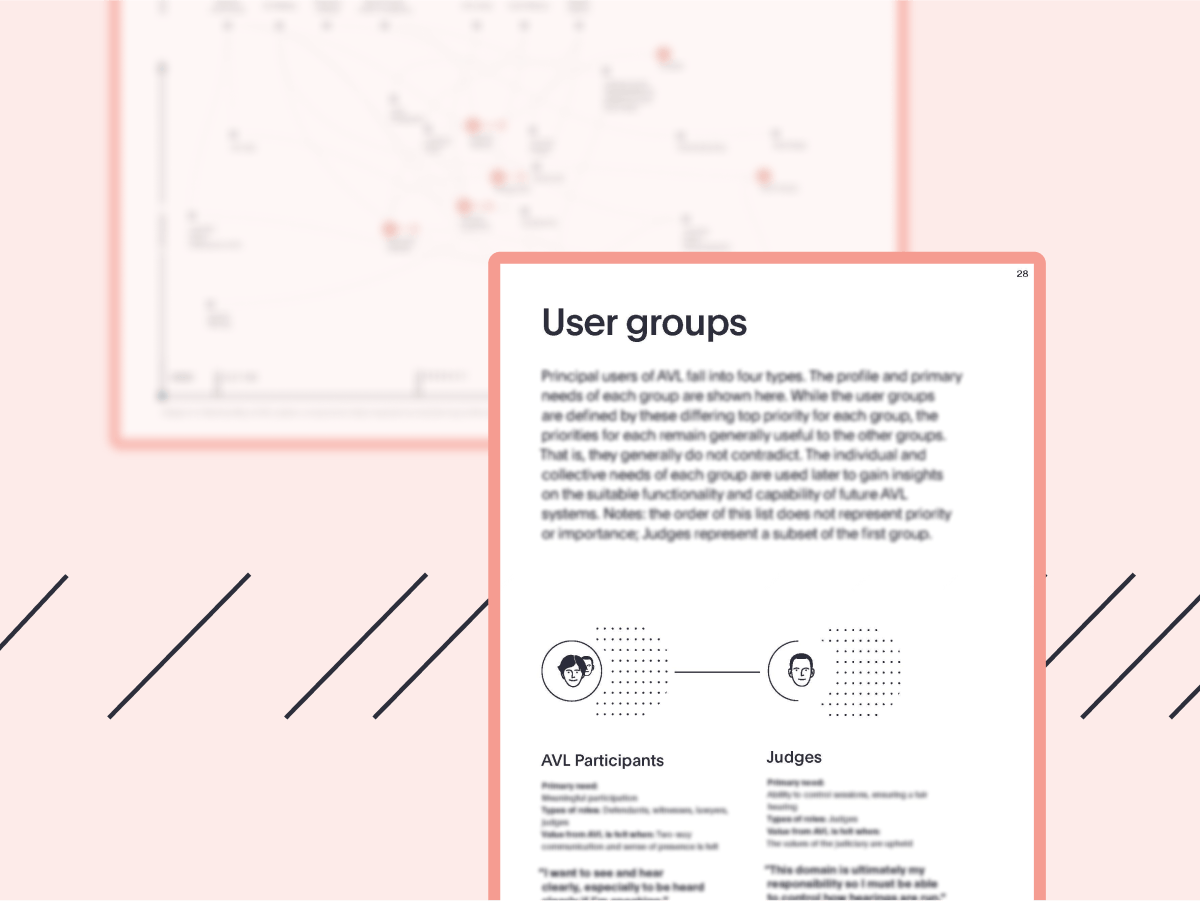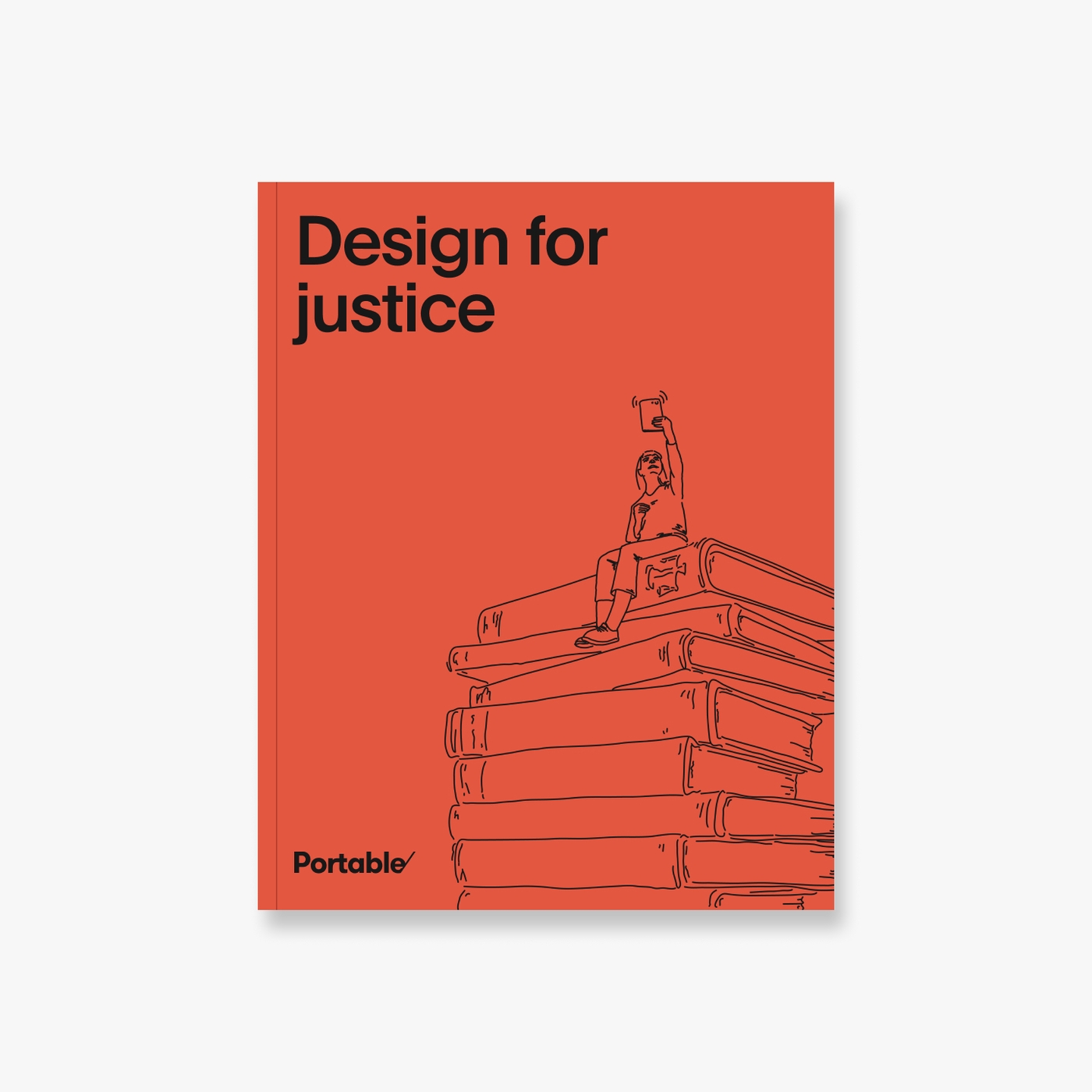
Since its implementation, Audio Visual links (Audio Visual Links system) have been successful in reducing risk resulting from prisoner movements from prisons to courts, by allowing them to appear via video from where they are detained, as well as enabling greater witness attendance. Due to its convenience and cost-effectiveness, the demand for video links as part of accessing justice services has grown significantly since it was introduced.
The South Australian criminal justice sector’s use of audio visual systems for court hearings has more than doubled in the last six years.
Despite the high rate of adoption, the South Australian government was keen to understand the current pressures on the AVL system and ways to improve quality, access and acceptance of AVL technology within the justice system.
Portable worked with the South Australian Attorney-General’s Department to conduct a review of their Audio Visual Links system, consulting with key stakeholders to understand the current state. For a view of the broader scope of the Audio Visual Links system, we conducted further research into similar systems and their technological infrastructure by interviewing their distributors, as well as by contacting jurisdictions in which they’ve been implemented. The findings served as a model of industry standards for South Australia to build on as standard criteria for any Audio Visual Links system, providing them with a realistic baseline from which they can build upon over horizons of two and five years, as well as identifying ‘quick wins’ achievable in the short term.
Approach
User and stakeholder research
Through October and November 2019, we conducted individual interviews with representatives from Adelaide-based agencies involved in the criminal justice sector regarding their experiences with using the Audio Visual Links system, the technical requirements of the system, and their suggestions for improvement. In early December, we invited justice sector stakeholders to a co-design workshop in Adelaide to gain a shared consensus on user journeys, identifying pain points that impacted the user experience for each agency’s respective audience.
Checklist development and sector consultation
Based on these findings, we developed a series of minimum technological requirements that would be capable of facilitating an effective Audio Visual Links system. These requirements, written in the form of a “checklist” were sent out to local and international videoconferencing technology suppliers. The checklist asked if and how they would design such a system, based on the minimum requirements. These responses were then presented to our sponsor as recommendations, both in terms of a comparison of industry standards and as potential partners capable of building the solution.

Component mapping and cost-benefit analysis
Through this, we applied two methods of analysis: Wardley Mapping and a Total Cost of Operation (TCO) model for estimating costs for procurement. Creating a Wardley Map allowed us to represent the main components in the Audio Visual Links system system graphed against an evolution of how those components might be evolving in the market. It was useful to be able to share our understanding of the landscape the Audio Visual Links system operates in, and to identify the components we recommended be transitioned out. It is useful for any large-scale digital transformation thinking that requires an understanding of interacting system components. The Total Cost of Ownership model was used to calculate reasonable estimates of the cost of an investment in hardware, software, running and operating costs, and maintenance over a period of time. It is useful to help inform business cases for investment, procurement activities, or weigh up multiple implementation options for a cost-benefit analysis over time.
Insights and implementation planning
We combined the above insights, along with research into the current state of videoconferencing in justice sectors worldwide (as well as its applications beyond law and government) and the growing demands of criminal justice overall from a literature review. We synthesised these learnings to inform a recommended plan of Audio Visual Links system scale up, design considerations, implementation in line with the State ICT Strategy, and the costs involved over a five year period. Finally, we represented the report to our sponsor, the South Australia Attorney General’s Department, and walked them through our recommendations.
Outcomes
The response to our delivery was overwhelmingly positive with the South Australian Government subsequently committing $15million to overhaul audio-visual link technology within South Australia’s justice system.
Download our report on designing for justice
